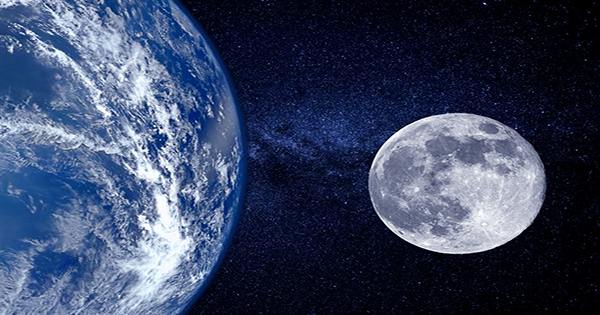Along with advancements in space exploration, we have recently seen a lot of effort and money put towards technology that might allow for the efficient use of space resources. A laser-sharp emphasis on discovering the optimum approach to manufacture oxygen on the Moon has been at the forefront of these efforts. The Australian Space Agency and NASA struck an agreement in October to deploy an Australian-built rover to the Moon as part of the Artemis mission, with the objective of collecting lunar rocks that might eventually produce breathable oxygen on the Moon.
Although the Moon has an atmosphere, it is extremely thin and primarily made up of hydrogen, neon, and argon. It is not the kind of gaseous combination that keeps oxygen-dependent creatures like humans alive. On the other hand, there is plenty of oxygen on the Moon. It is just not in a gaseous state. Instead, it is encased in regolith, the lunar surface’s thick covering of rock and fine dust. Would it be enough to maintain human life on the Moon if we could extract oxygen from regolith?
Many of the minerals in the ground around us contain oxygen. In addition, the Moon is primarily made up of the same materials that make up the Earth (although with a slightly greater amount of material that came from meteors). Minerals such as silica, aluminum, iron, and magnesium oxides dominate the Moon’s terrain. All of these minerals include oxygen, but not in a form that can be absorbed by human lungs. These minerals may be found on the Moon in a variety of forms, including hard rock, dust, gravel, and stones that blanket the surface. This debris has accumulated over millennia because of meteorites colliding with the lunar surface.
As a soil scientist, I am cautious to use the term “soil” to describe the Moon’s surface layer. Soil, as we know it, is a miraculous substance that can only be found on Earth. Over millions of years, a diverse range of species worked on the soil’s parent material, regolith, which generated from hard rock. The result is a mineral matrix that was not present in the original rocks. The physical, chemical and biological properties of Earth’s soil are amazing. In the meanwhile, the materials on the Moon’s surface are mostly regolith in their natural state.
The regolith on the Moon contains around 45 percent oxygen. However, the above-mentioned minerals are firmly coupled with oxygen. We must invest energy in order to tear away such tight relationships. If you are familiar with electrolysis, you might recognize this. This method is extensively employed in manufacturing on Earth, such as the production of aluminum. To separate the aluminium from the oxygen, an electrical current is conducted through a liquid form of aluminium oxide (usually termed alumina) through electrodes.
The oxygen is created as a byproduct in this situation. The principal product on the Moon would be oxygen, with the aluminum (or other metal) removed as a potentially valuable byproduct. It is a simple procedure, but there is a catch: it consumes a lot of energy. It would have to sustain by solar energy or other energy sources accessible on the Moon in order to be viable.
The extraction of oxygen from regolith would likewise need a lot of heavy machinery. We would have to transform solid metal oxide into liquid form first, either using heat or heat in combination with solvents or electrolytes. On Earth, we have the technology to achieve this, but transporting this gear to the Moon — and providing enough energy to power it – will be a major undertaking. Space Applications Services, a Belgian business, said earlier this year that it would build three experimental reactors to enhance the electrolysis process of producing oxygen. As part of the European Space Agency’s in-situ resource utilisation (ISRU) project, they want to bring the technology to the Moon by 2025.
However, how much oxygen would the Moon truly offer if we do manage to pull it off, as it turns out, quite a bit. We can make some estimation if we neglect oxygen trapped in the Moon’s subsurface hard rock material and only examine regolith, which is easily accessible on the surface.
Lunar regolith includes an average of 1.4 tonnes of minerals per cubic metre, including around 630 kg of oxygen. According to NASA, people require roughly 800 grams of oxygen every day to exist. As a result, 630kg of oxygen would keep a human alive for around two years (or just over). Let us pretend that the average depth of regolith on the Moon is 10 meters and that we can extract all of the oxygen from it. That implies the top ten meters of the Moon’s surface could support all eight billion people on Earth for 100,000 years.
This would also be contingent on how well we were able to collect and utilize oxygen. Regardless, this figurine is incredible! Having said that life on Earth is nice for us, we should also do everything we can to safeguard the blue planet — particularly its soil — which continues to support all terrestrial life without our help.














